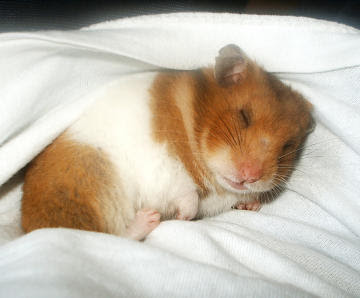According to one of the leading scholars in the field, there is an emerging consensus among scientists that animals share functional parallels with humans' conscious metacognition -- that is, our ability to reflect on our own mental processes and guide and optimize them.
 |
| Scientists concur that when it comes to this Old World macaque: monkey see, monkey do, monkey think about what monkey do, monkey maybe do something else [Credit: University at Buffalo] |
Smith is a professor in the Department of Psychology at UB, and a member of the university's graduate program in evolution, ecology and behavior and its Center for Cognitive Science. His co-authors on the articles are Justin J. Couchman, PhD, visiting assistant professor of psychology, State University of New York at Fredonia, and Michael J. Beran, PhD, senior research scientist, Language Research Center, Georgia State University.
In "The Highs and Lows of Theoretical Interpretation in Animal-Metacognition Research," in press at the journal Philosophical Transactions of the Royal Society, Smith, Couchman and Beran examine the theoretical and philosophical problems associated with the attribution of self-reflective, conscious mind to nonverbal animals.
"The possibility of animal metacognition has become one of the research focal points in comparative psychology today," Smith says, "but, of course, this possibility poses difficult issues of scientific interpretation and inference." In this article, they evaluate the standards that science brings to making difficult interpretations about animal minds, describing how standards have been applied historically and as they perhaps should be applied. The article concludes that macaques do show uncertainty-monitoring capacities that are similar to those in humans.
The other contribution, "Animal Metacognition," will be published in March by Oxford University Press in the volume "Comparative Cognition: Experimental Explorations of Animal Intelligence."
In this article, Smith and his colleagues provide a comprehensive review of the current state of the animal-metacognition literature. They describe how Smith inaugurated animal metacognition as a new field of study in 1995 with research on a bottlenosed dolphin. The dolphin assessed correctly when the experimenter's trials were too difficult for him, and adaptively declined to complete those trials.
The dolphin also showed his own distinctive set of hesitation, wavering and worrying behaviors when the trials were too difficult. In sharp contrast, when the trials were easy, he swam to the responses so fast that he would make a bow-wave around himself that would swamp Smith's delicate electronics. Smith says: "We finally had to buy condoms to protect the equipment."
Subsequently, Smith and many collaborators also explored the metacognitive capacities of joystick-trained macaques. These Old-World monkeys, native to Africa and Asia, can make specific responses to declare uncertainty about their memory. They can respond, "Uncertain," to gain hints from the experimenters of what to do on the first trial of new tasks. They can even respond, "Uncertain," when their memory has been erased by trans-cranial magnetic stimulation. Accordingly, this second article by Smith and colleagues also supports the consensus that animals share with humans a form of the self-reflective, metacognitive capacity.
"In all respects," says Smith, "their capacity for uncertainty monitoring, and for responding to uncertainty adaptively, show close correspondence to the same processes in humans.
"At present," he says, "members of South-American monkey species or New World monkeys have not shown the same robust capacities for uncertainty monitoring, a possible species difference that has intriguing implications regarding the emergence of reflective mind in monkeys, apes and humans."
Smith's ongoing research in this area is supported by generous grants from both the National Institutes of Health and the National Science Foundation.
Source: University at Buffalo [March 22, 2012]




















